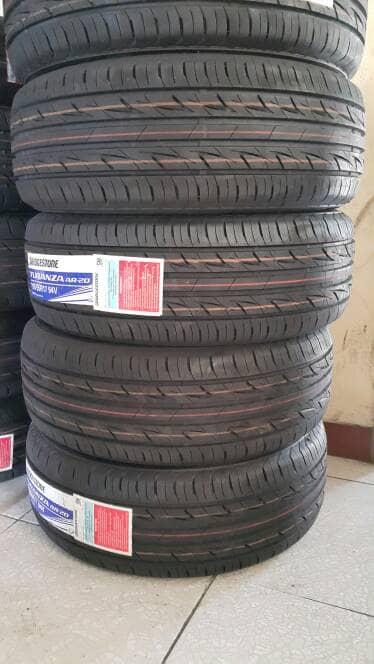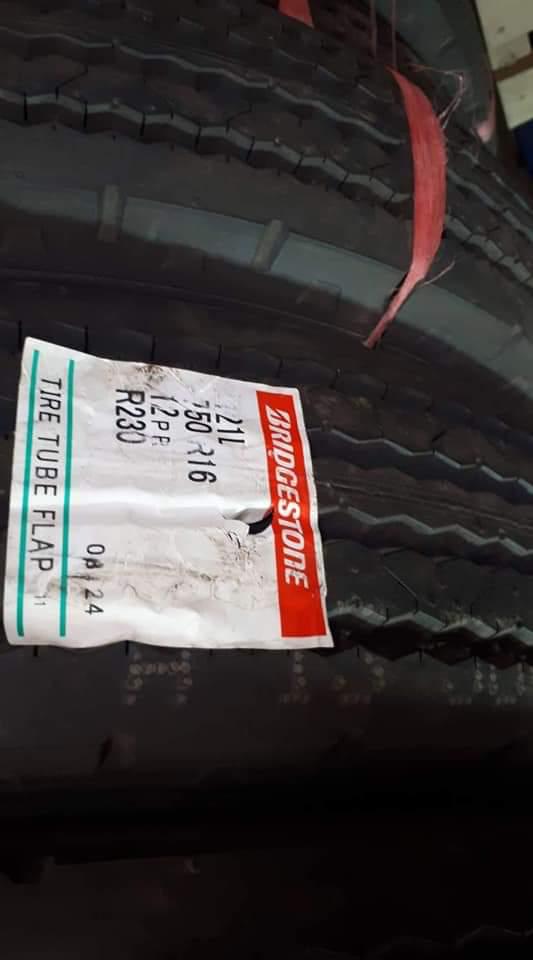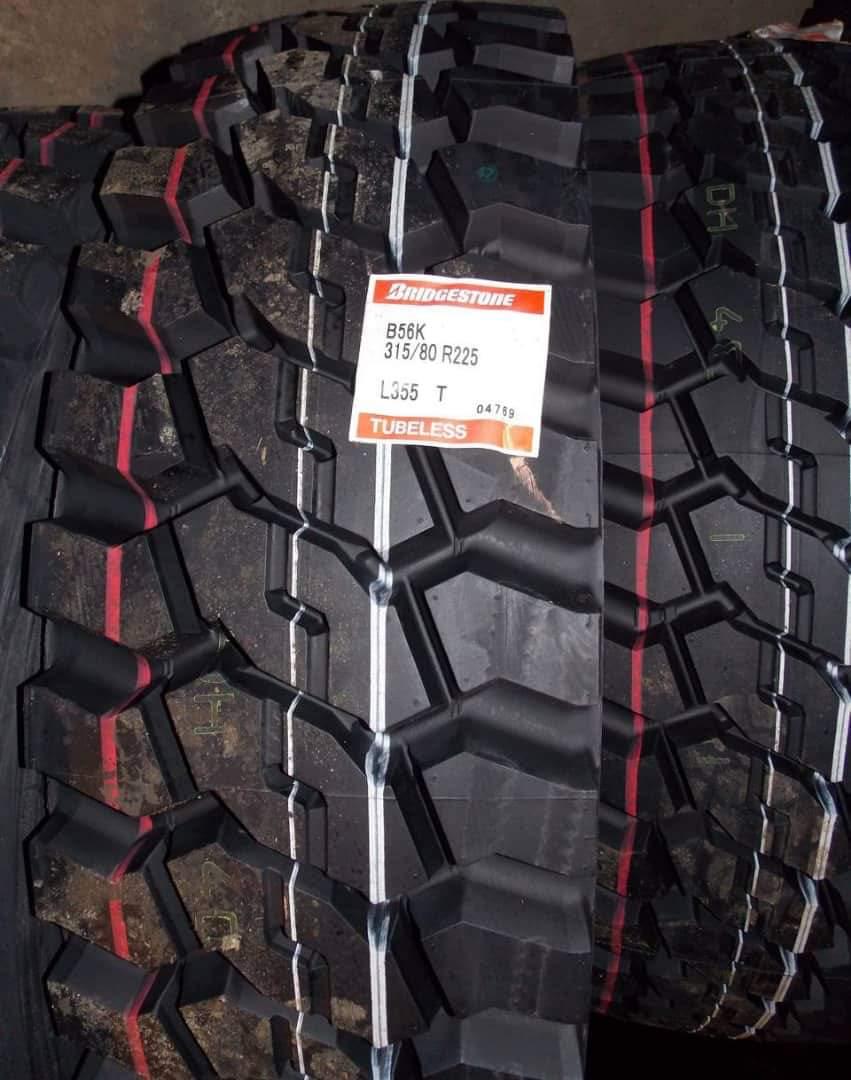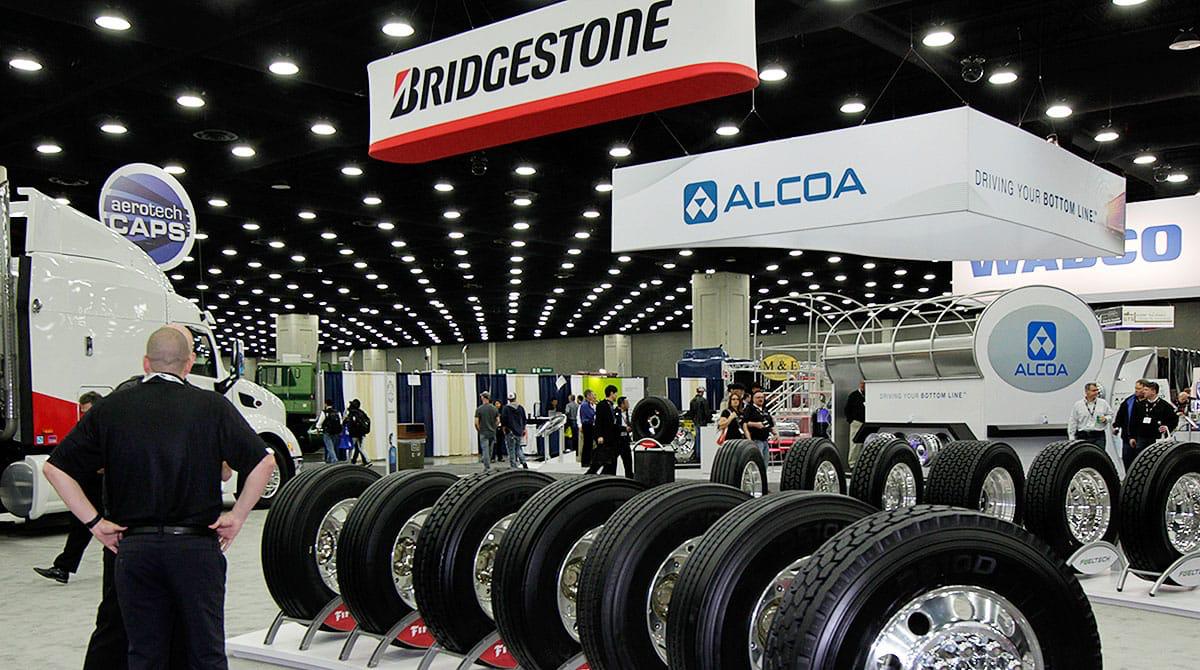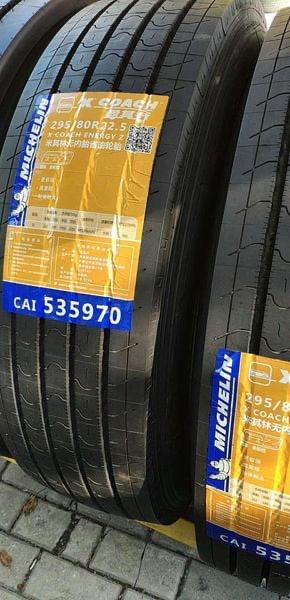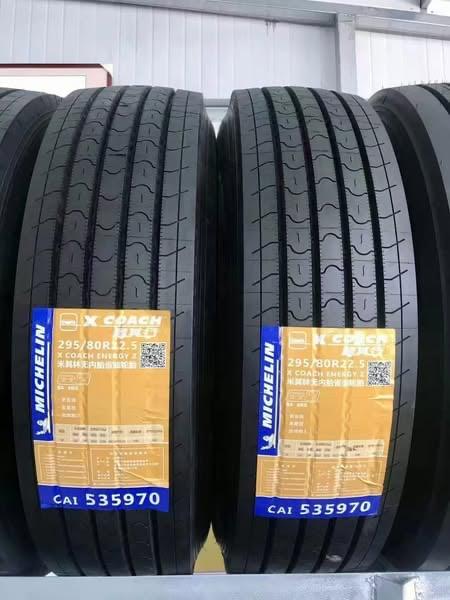Michelin and Bridgestone are two of the top tire manufacturers globally, recognized for their innovations, quality, and performance. Here’s how each of them leads in tire quality:
Michelin
- Innovation and Technology:
- X Innovation: Michelin consistently pioneers new tire technology. For example, their Michelin X-Ice tire is designed with advanced rubber compounds that perform well in extreme cold conditions, showcasing their ability to adapt tire designs for specific climates.
- Energy Efficient Tires: Michelin’s Energy Saver and Pilot Sport series highlight their commitment to fuel efficiency. These tires are designed to reduce rolling resistance, thereby saving fuel and reducing CO2 emissions.
- Airless Tires: Michelin has explored airless tire technologies, such as the Michelin Uptis (Unique Puncture-proof Tire System), designed to eliminate air pressure maintenance, punctures, and blowouts.
- Durability and Performance:
- Michelin tires are known for their long-lasting durability and high performance in both everyday driving and motorsports. Their Pilot Sport series, for instance, is well-regarded for high-performance vehicles, offering superior traction, handling, and braking capabilities.
- They also offer great traction and handling in various conditions, from wet to dry, as well as longevity in terms of mileage.
- Sustainability:
- Michelin leads in sustainability initiatives, focusing on reducing environmental impact. Their tires are designed with eco-friendly materials and processes, and they aim to make 80% of their tires from sustainable sources by 2048.
- Awards and Recognition:
- Michelin frequently receives top awards for its tires, particularly for performance, safety, and fuel efficiency, consistently leading the market in consumer and industry rankings.
Bridgestone
- Advanced Materials and Research:
- Bridgestone is known for its commitment to advanced materials and cutting-edge research. Their use of proprietary compounds and materials, like NanoPro-Tech, enhances the tire’s durability, fuel efficiency, and performance.
- The Bridgestone Ecopia line focuses on reducing environmental impact by improving rolling resistance and optimizing fuel efficiency without compromising performance.
- Performance and Safety:
- Bridgestone tires often excel in wet and dry performance, providing excellent traction and stability. For instance, their Potenza series is recognized for outstanding performance on sports cars, while the Turanza series offers comfort and safety for everyday driving.
- Bridgestone places a heavy emphasis on safety features, including their DriveGuard tires, which allow drivers to continue traveling even after a puncture. This increases driver peace of mind and convenience.
- Sustainability Efforts:
- Bridgestone has a strong commitment to sustainability. Their “Our Way to Serve” initiative focuses on reducing the environmental impact of their products and operations. They are working towards producing tires with more renewable materials, aiming for a 100% sustainable tire production by 2050.
- The company also invests in recycling technology for used tires, reducing waste, and creating new products from old tires.
- Motorsports and R&D:
- Bridgestone’s involvement in motorsports like Formula 1 and MotoGP provides valuable testing grounds for high-performance tires, which they then adapt for consumer products. Their technological expertise in racing contributes to innovations in grip, durability, and performance.
Key Comparisons Between Michelin and Bridgestone:
- Innovation: Both are at the forefront of tire technology, but Michelin is particularly noted for its exploration of airless tire concepts, while Bridgestone leads in utilizing high-tech materials and performance testing in motorsports.
- Performance: Michelin is often seen as a leader in fuel-efficient and eco-friendly tires, while Bridgestone places a stronger focus on safety and longevity across various driving conditions.
- Sustainability: Both companies are heavily invested in sustainability, with Michelin aiming for sustainable materials in all their tires by 2048, while Bridgestone has similar initiatives focusing on renewable materials and reducing tire-related waste.
In summary, Michelin and Bridgestone lead in tire quality through their innovations, commitment to performance, safety, and sustainability. Each company has unique strengths, with Michelin often excelling in fuel efficiency and longevity, and Bridgestone emphasizing high-tech materials, safety, and motorsports expertise.


